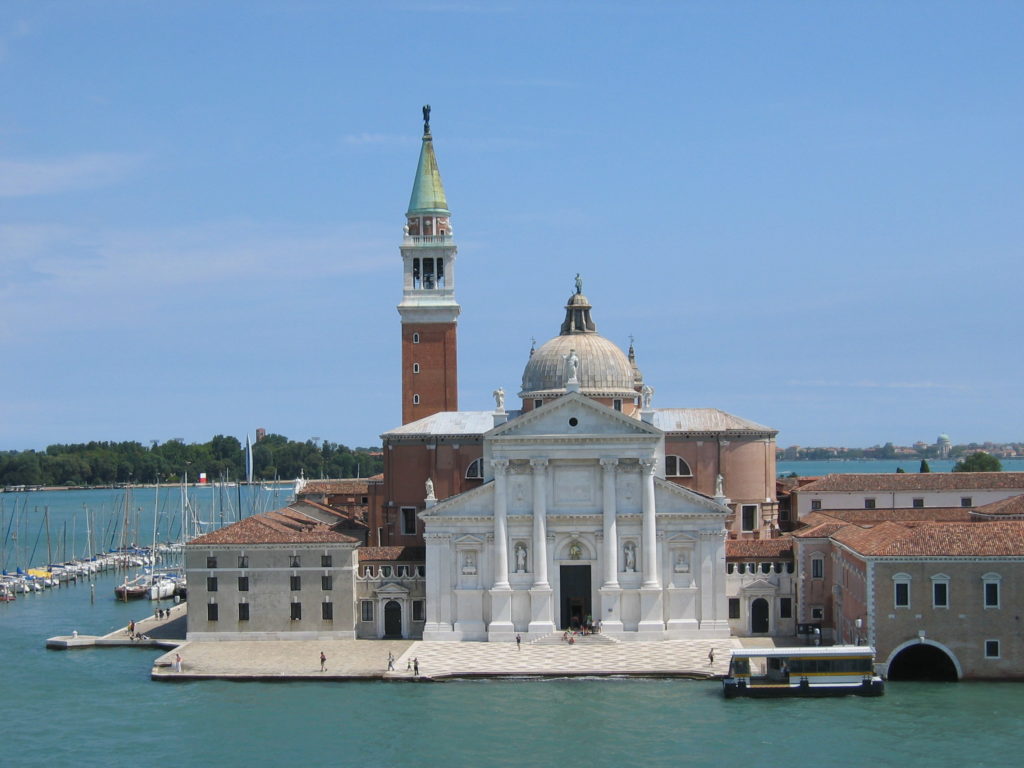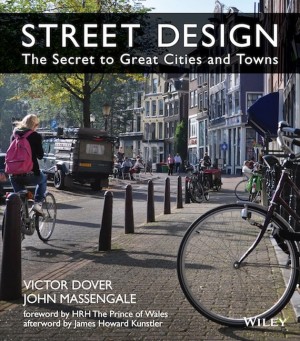MY JOB AT THE RED GUTTER ended in late August. I rented a FIAT Cinquecento and spent a week driving through Tuscany and Umbria, hitting all the highlights like Todi and Perugia.
I had a little over a week until I met up with my parents in Venice. I had a good time visiting Italian hill towns I had never seen, but before a week had gone by, my money was running out. This was September 1969, and I didn’t have a credit card. I don’t remember how I rented a car without a credit card, but I did.
I drove to Venice, which took most of the day. I spent all the money I had putting more gas in the tank. Luckily, that bought enough gas to reach the Piazzale Italia (where I was to return the car, next to the train station). At one point, I didn’t think it would be enough.
I had been in Europe since early June, and I had a job in Paris that started at the end of September. So I had summer clothes, winter clothes, souvenirs from Florence, and books I had bought.
In other words, I had two suitcases and a few boxes. That was more than I could carry all at once, but I didn’t have enough cash to take the vaporetto from the station to St. Mark’s Square. According to Apple Maps, that’s a 1.6-mile, 32-minute walk. It took me a lot longer than that, because I moved my pile of suitcases and boxes a few pieces at a time, ten feet at a time, I went back-and-forth, back-and-forth for a couple of hours on a hot Venetian day.
The plan was to meet my parents at the Cipriani Hotel. The hotel was still owned and run by Mr. Cipriani, its founder. He later sold it to an American who owned the luxurious Orient Express train. The American transformed the hotel when he owned it. But I get ahead of myself.
Giuseppe Cipriani owned Harry’s Bar, near the Piazza San Marco, facing the Venice Lagoon. When he built the hotel, with financing from the Guinness brewing family, he put it on a beautiful site across the Lagoon from San Marco. Sleek wooden motor launches belonging to the hotel ferried guests from Harry’s to the hotel on the tip of the Giudecca Island.
Just across a narrow body of water from the hotel is the Isola di San Giorgio Maggiore. As you ride from Harry’s, you can look back on the most beautiful city in the world, or ahead at the church and monastery of San Giorgio Maggiore, designed by Andrea Palladio. The church is my favorite Palladian building. Seen from San Marco, the church and the monastery across the lagoon are one of the great views of the world.
I put all my things on the boat. When we arrived at the hotel, they were immediately whisked away to the front desk, where Mr. Cipriani himself stood that day. I explained that I was two days early to meet my parents and asked if I could check in. But of course, life at the old Cipriani was always simple. It was not the grandest or most expensive hotel in Venice (today it is probably both), but it was always comfortable.
Mr. Cipriani gave me a small room under the roof. For two days, I could only eat what I could charge to the hotel. But that was not a problem.
Just off the reception was the largest salt-water pool in Europe, with a stunning view of San Giorgio. An all-you-could eat buffet around the pool at lunchtime cost 1,100 lire, I think. It was delicious.
At night, I could take the launch to Harry’s Bar. Some thought it was the best restaurant in Italy at that time. I could charge my food and drinks (Mr. Cipriani invented the Bellini) to the hotel. After a post-dinner stroll around San Marco, the launch took me back home.
On the third day, my parents arrived. My early arrival was no problem . Because the dollar was king in 1969, room and board for two days was around $45 a night. Today, the rooms by themselves start at $1,400. In my opinion, the Orient Express company later made the hotel more luxurious but less comfortable.
It was certainly the best hotel I’ve stayed in, and for reasons I may go into later, on successive nights in 1975 I stayed in the biggest and most expensive suite in the Ritz in Paris, and the most expensive suite at Claridge’s in London.



